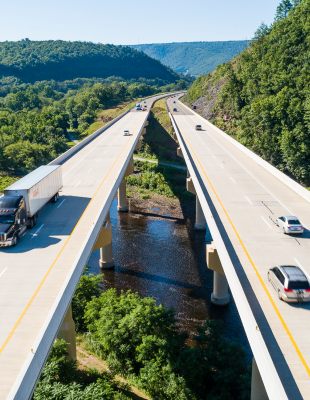Railways are the backbone of the British transportation system, driving regeneration and growth through projects like HS2, Northern Powerhouse Rail, and East West Rail. Great British Railways (GBR) will take ownership of the UK rail infrastructure during the CP7 control period, bringing the entire system under a unified national leadership with a new brand and identity.
The Climate Change Act sets a legally binding target for the UK to achieve net-zero greenhouse gas (GHG) emissions by 2050. Transport plays a central role in this strategy, and the electrification of transport is essential to meet net-zero goals. All vehicles will need to transition to battery power, hydrogen, or direct electric traction for railways. Notably, all diesel passenger traction is slated for removal by 2040.
To modernise and reduce operational costs, UK railways must embrace digital transformation and innovative maintenance practices. Passengers increasingly demand a modern, high-quality, and well-connected service. A modal shift of just 4% of passengers from cars and 20% from air, combined with a 4% freight shift from road to rail, could save 2.7 million tonnes of carbon dioxide equivalents—equal to the entire current emissions of the UK rail system.
Currently, approximately 40% of the British rail network is electrified, covering around 6,000 km. Expanding this network offers numerous public benefits:
 |
Environmental Advantages: Carbon emissions are 60% lower than those of diesel trains. |
 |
Noise Reduction: Electric trains are quieter, reducing noise pollution for nearby communities and passengers. |
 |
Cost Efficiency: Lower whole-life costs compared to diesel services. |
 |
Improved Performance: Faster journey times due to superior braking and acceleration. |
 |
Infrastructure Longevity: Electric trains are lighter, causing less track wear and reducing maintenance needs. |
 |
Enhanced Reliability: Electric trains are more dependable, resulting in fewer passenger delays. |
Funding and complexity in project delivery
The Electrification Cost Challenge highlights lessons from the UK and international projects, suggesting that high costs, such as those seen in the Great Western Electrification Programme, can be avoided in the future. Cost overruns on past projects often stemmed from unrealistic schedules, inadequate preparation, and inefficient use of new technologies. A “feast and famine” approach to electrification also hindered consistent progress.
To address these challenges, future projects should streamline processes and focus on collaboration. Integrating project teams and train operators early in the process can create more flexible and cost-effective strategies, particularly in densely populated areas with complex logistics. Scotland’s recent electrification schemes, such as the Shotts Line (supported by Arcadis), demonstrate the success of this approach by delivering projects on time and within budget through aligned goals and operational needs.
Innovations like static frequency converters offer more efficient grid connections, reducing third-party costs and dependency on the main grid. Network Rail’s adoption of a "minimum viable product" (MVP) approach has further improved the feasibility of electrification within budget constraints. By prioritising whole-life costs over initial capital expenditure, this strategy ensures long-term reliability and allows for a better assessment of economic and community benefits. The demand for Midland Main Line electrification, which was restarted due to strong public and economic support, illustrates the value of this approach.
Reducing costs for overhead line equipment (OLE), power systems, civil interventions, and associated costs to £1 million per single-track kilometre (STK) for simple routes—and ensuring that complex projects do not exceed £2.5 million/STK—is critical. Measures such as reducing civil interventions, challenging existing standards, using very low-cost designs (VLDs), implementing larger spans, adopting bi-mode trains, and exploring partial electrification can help achieve these targets.
Lessons learned from past electrification schemes
UK rail electrification can benefit significantly from lessons learned domestically and internationally. Studies like the Rail Industry Association’s (RIA) Electrification Cost Challenge emphasise the importance of a stable investment pipeline that extends beyond political cycles. A rolling programme of electrification allows knowledge and experience to carry over from one project to the next, fostering continuous improvement.
Stable investment enables the supply chain to plan effectively, promoting innovation, workforce training, and long-term retention. This consistency not only supports economic growth but also facilitates a smoother transition to electrification, paving the way for companies to invest confidently in the future of the UK’s rail network.





